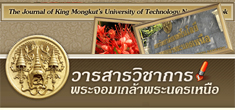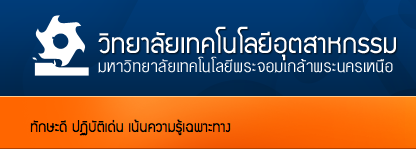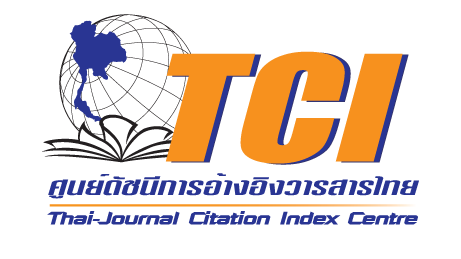บทคัดย่อ
งานวิจัยนี้มีวัตถุประสงค์ เพื่อนำเสนอการประยุกต์ใช้ระบบบริหารต้นทุนการผลิตในอุตสาหกรรมผลิตภัณฑ์ไม้ โดยประยุกต์กับผลิตภัณฑ์บันไดไม้สำเร็จรูป เพื่อหาต้นทุนการผลิตต่อหน่วยผลิตภัณฑ์ วิเคราะห์และเปรียบเทียบกับวิธีการประเมินต้นทุนในรูปแบบดั้งเดิม โดยใช้ระบบต้นทุนกิจกรรมหรือระบบต้นทุนเอบีซี (Activity-Based Costing: ABC) ต้นทุนการผลิตของโรงงานประกอบด้วย ต้นทุนทางตรงและต้นทุนทางอ้อม ในส่วนของต้นทุนทางอ้อมรูปแบบเดิม ได้แก่ ค่าใช้จ่ายในการผลิตและต้นทุนโสหุ้ยนั้น ยังไม่ได้มีวิธีการจัดสรรเข้าสู่ผลิตภัณฑ์อย่างเหมาะสม เนื่องจากระบบการประเมินต้นทุนในรูปแบบดั้งเดิมไม่สอดคล้องกับปริมาณและเวลาที่ใช้จริงในการผลิต งานวิจัยนี้จึงทำการประยุกต์ระบบต้นทุนเอบีซี และนำเสนอตัวผลักดันต้นทุนในกิจกรรมการผลิต และพัฒนาโปรแกรมคำนวณต้นทุนการผลิตโดยประยุกต์ใช้วิธีประเมินต้นทุนกิจกรรม โดยเริ่มจากการจำแนกต้นทุนในกิจกรรมการผลิตและออกแบบระบบการเก็บและประเมินต้นทุน จากนั้นวิเคราะห์คุณค่ากิจกรรม กำหนดตัวผลักดันต้นทุน เกณฑ์การปันส่วนที่เหมาะสมในแต่ละกิจกรรม และทำการจัดสรรต้นทุนของกิจกรรมที่ได้จากการคำนวณลงสู่ผลิตภัณฑ์ ผลการคำนวณต้นทุนผลิตภัณฑ์จากระบบต้นทุนเอบีซีพบว่าเมื่อเปรียบเทียบกับการคำนวณแบบเดิม มีต้นทุนที่แม่นยำยิ่งขึ้น ส่งผลให้ต้นทุนลดลงประมาณ 5.98% ผลการวิจัยนี้ยังสะท้อนให้เห็นถึงกิจกรรมที่ไม่ก่อให้เกิดคุณค่าและกิจกรรมที่ต้นทุนการผลิตสูงเกินความจำเป็น ซึ่งเป็นข้อมูลสำคัญสำหรับผู้บริหารในการปรับปรุงประสิทธิภาพการผลิตและใช้ในการจัดการต้นทุนการผลิตในอนาคต
คำสำคัญ :ต้นทุนกิจกรรม, การบริหารต้นทุน, อุตสาหกรรมผลิตภัณฑ์ไม้
Abstract
This research aimed to present the application of cost management system in the wood products industry. The case study is applied Activity-Based Costing (ABC) with a product of wooden stairs group, in order to determine the cost of production per unit which guided to cost reduction approach and compared with traditional costing methods. The production costs comprised of direct costs and indirect costs, including overhead costs. The factory had no appropriate cost allocation used for overhead cost because the traditional costing systems did not comply with actual production quantities and production times. This research then applied the ABC costing system and proposed applicable cost drivers with production activities to allocate overhead production costs. The proposed cost system was calculated using Microsoft excel. This work started from production costs and activities classification. The cost collection and cost evaluation systems were designed. Then, the activity value was analyzed and the cost drivers were determined for appropriated cost allocation criteria. After the costs of activities are calculated, the cost per unit of product calculation from the ABC cost system was compared to the traditional system. The new model of costs is more precise. As a result, the cost was reduced by 5.98%. The results also reflect non-value-added activities. This is important for executives to improve production efficiency and to manage production costs.
Keywords : Traffic simulation, Microscopic traffic simulation, Public transport, Bus service




